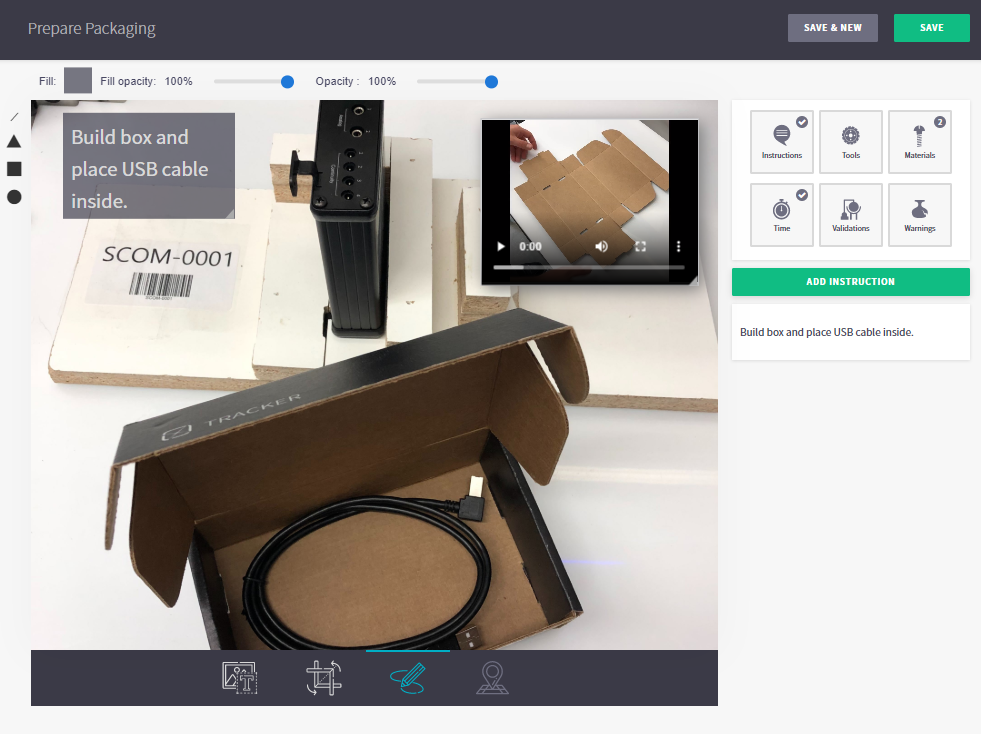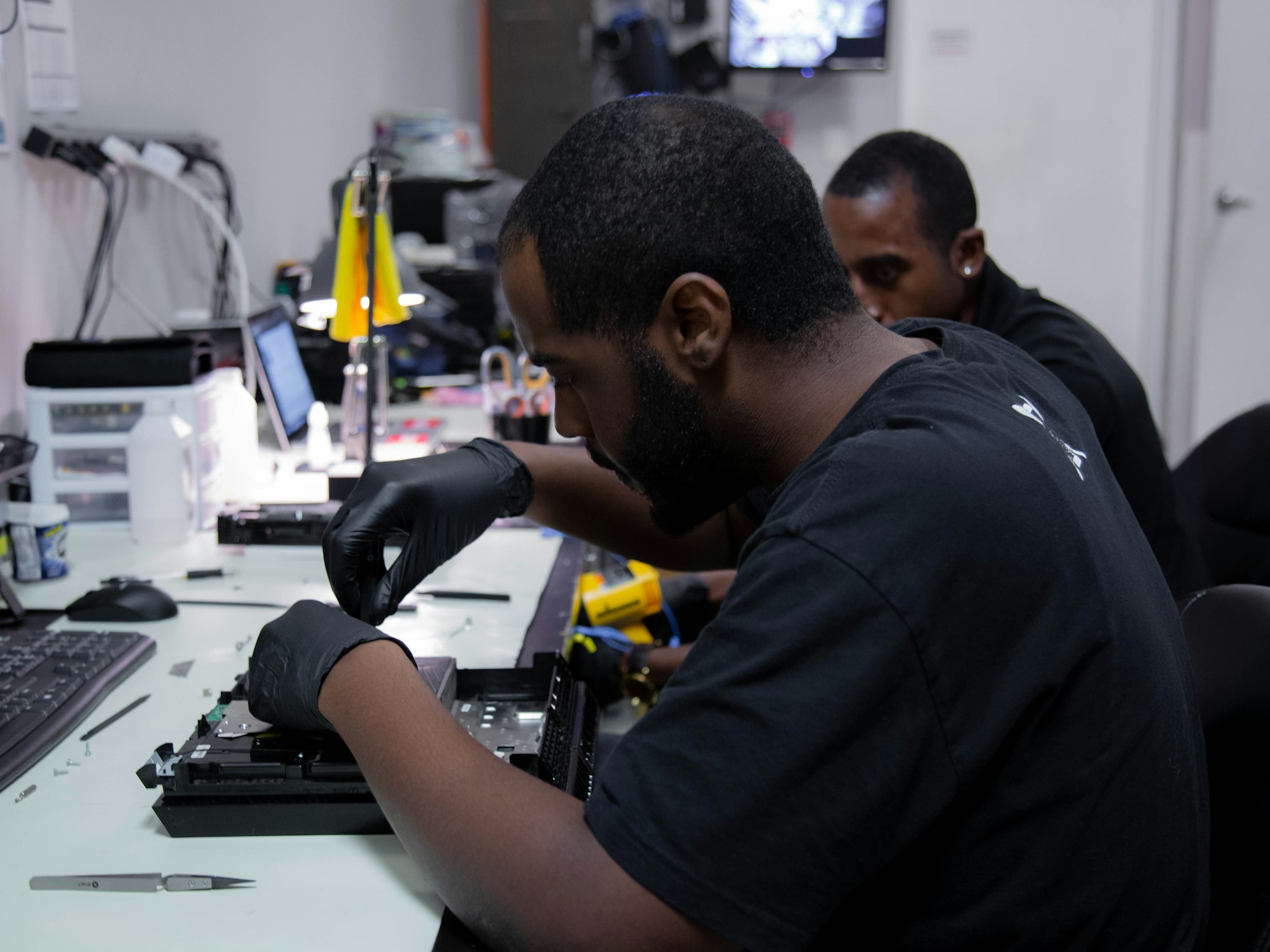Manufacturing Resources
A collection of 29 posts

Understanding Work Instruction Software Terminology
When considering work instruction software for factories, ensure the software aligns with long-term manufacturing goals to avoid limitations.
 2 min read
2 min read

Richard Mason
SC, USA

Critical Key Performance Indicators for Manufacturing
Monitoring these key performance indicators for manufacturing allows facilities to enhance productivity and optimize their processes.
 8 min read
8 min read

Ben Marsh

Benefits of Using Modern SOP Software
The continuous challenge in finding skilled labor, and increasingly difficultly in maintaining compliance and quality expectations has led to an increase in the use of Standard Operating Procedures (SOP). Traditionally processes have relied on software such as Excel/Word for documentation, however modern SOP software has made those platforms obsolete.
 4 min read
4 min read

Richard Mason
SC, USA

Work Instructions for Production: How to Succeed
To maintain quality and efficiency in production, detailed work instructions for production are essential. Clear guidance prevents errors and delays.
 5 min read
5 min read

Richard Mason
SC, USA

How to Utilize Data Collection Systems
Exploring actionable data sets and practical strategies for implementing cost-effective changes immediately. Simplifying data collection systems along the way.
 5 min read
5 min read

Ben Marsh

The Top Features to Look for in a Shopfloor Management System
Discover the key features and benefits of implementing a shopfloor management system with Scout Systems. Learn how to boost efficiency and prepare for the future of manufacturing.
 9 min read
9 min read

Ben Marsh

Boost Manufacturing Efficiency with Scout Systems
Boost manufacturing efficiency with Scout Systems' shopfloor management software that optimizes processes and drives continuous improvement.
 7 min read
7 min read

Richard Mason
SC, USA

Essential Manufacturing KPIs to Boost Your Production Efficiency
Do you know what manufacturing KPIs are and how they can help your business? Scout Systems is here to share the insights with you.
 12 min read
12 min read

Ben Marsh

5 Standard Work Instruction Examples
Explore 5 effective work instruction examples enhancing manufacturing processes with real-life images and digital tools for optimal efficiency.
 5 min read
5 min read

Richard Mason
SC, USA

From Paper to Digital: The Evolution of Manufacturing Work Instructions
Transform manufacturing with digital work instructions for enhanced efficiency and quality. Embrace the future with Scout Systems.
 9 min read
9 min read

Ben Marsh
